If you’re experiencing jaw clicking, soreness, or persistent tension, these symptoms can interfere with daily comfort, disrupt your bite, and even damage your teeth. For those seeking a solution, Dr. Sasha Rozenberg, a skilled cosmetic dentist in Napa Valley, offers targeted relief through minimally invasive, personalized treatments for TMJ/TMD helping you restore both function and peace of mind
Why Should I Get TMJ/TMD Treatment?
TMJ/TMD treatment is the best way to restore your oral range of motion, eliminate your pain, and get you back to your day-to-day routine. The pain and discomfort of TMJ/TMD can be extreme, and it can stop you from eating your favorite foods, chewing normally, or even speaking without pain and discomfort. Jaw issues like TMJ/TMD won’t get better on their own, and may even get worse over time. If you’re having jaw pain, that’s not normal. Contact us for a consultation right away. We’ll get to the bottom of the problem, give you a diagnosis, and provide the care you need for a healthy, functional, pain-free jaw.

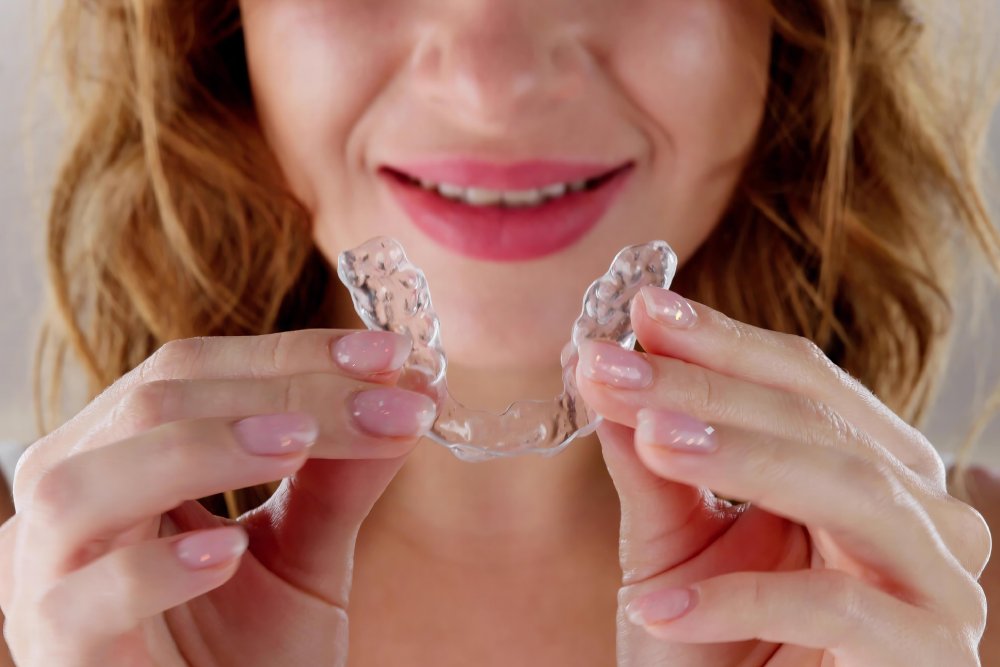
If you grind or clench your teeth at night, Dr. Sasha can prescribe a custom-made acrylic guard to keep your jaw properly positioned. Night guards are long-lasting and require little maintenance, making them one of the most reliable TMJ/TMD treatments.
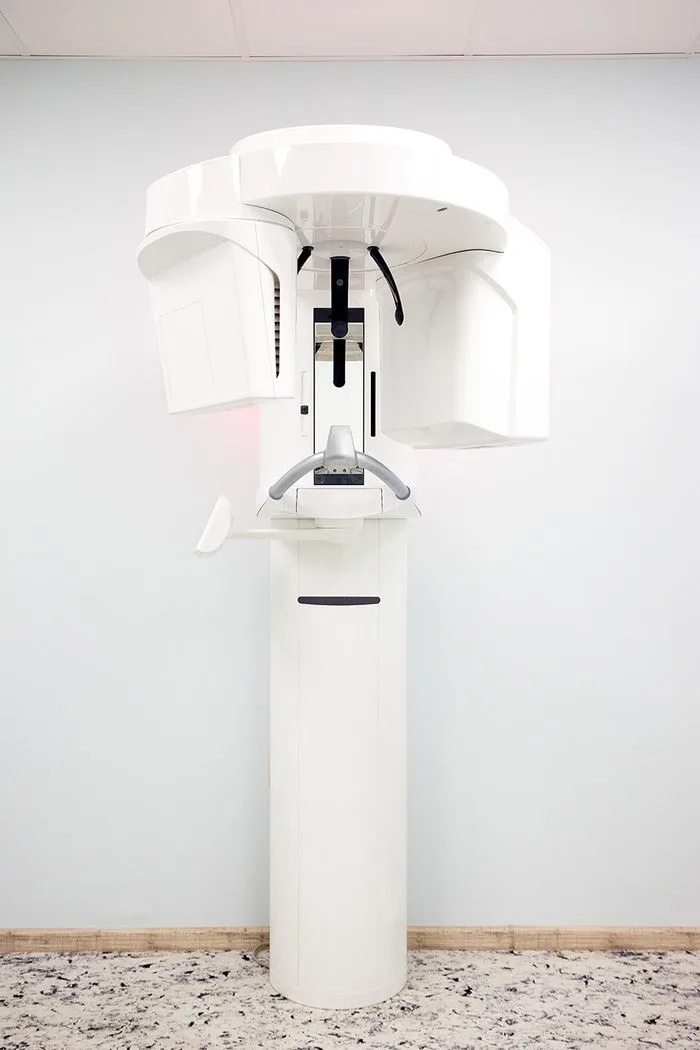
While traditional X-rays provide 2-dimensional images, our Cone-Beam Computed Tomography (CBCT) can capture a 360 view of your jaw, teeth, and mouth. This unparalleled precision allows Dr. Sasha to provide the most accurate diagnosis for your unique condition.
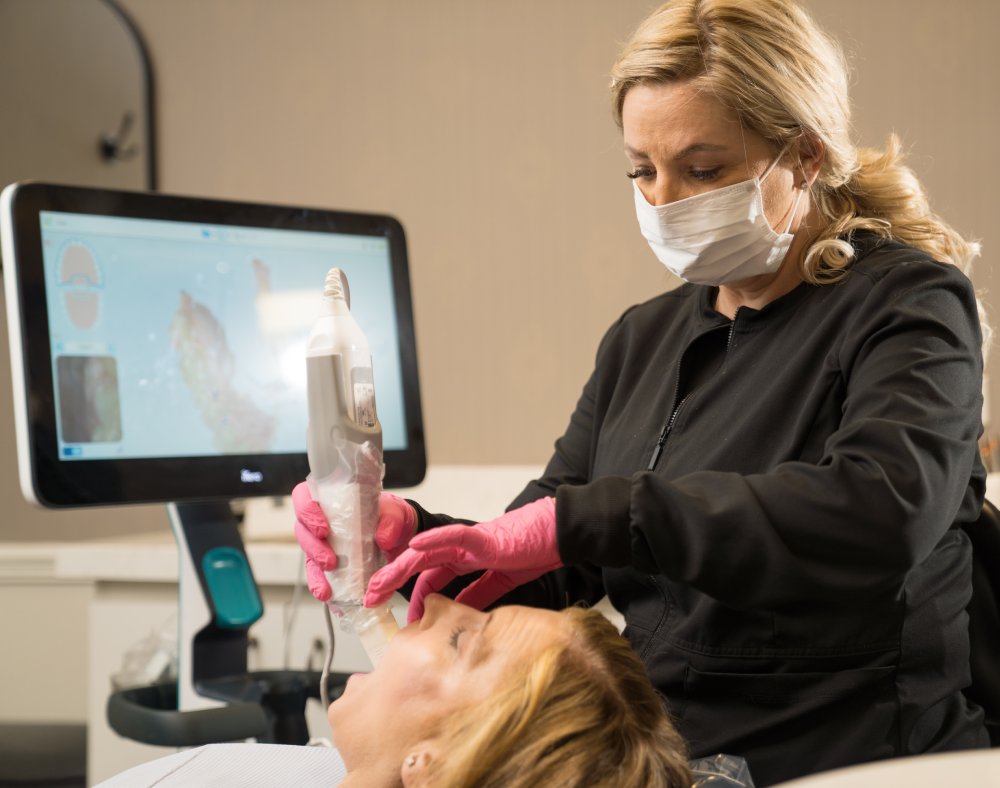
With the iTero® Intraoral Scanner, our team can take a non-invasive 3D scan that captures the form and structure of your mouth for custom-fit night guards. It’s a fully digital process — no putty necessary.

XEOMIN® injections can ease jaw tension, resulting in instant relief. By relaxing your muscles, XEOMIN® helps you avoid clenching and encourages the healing of your temporomandibular joint.
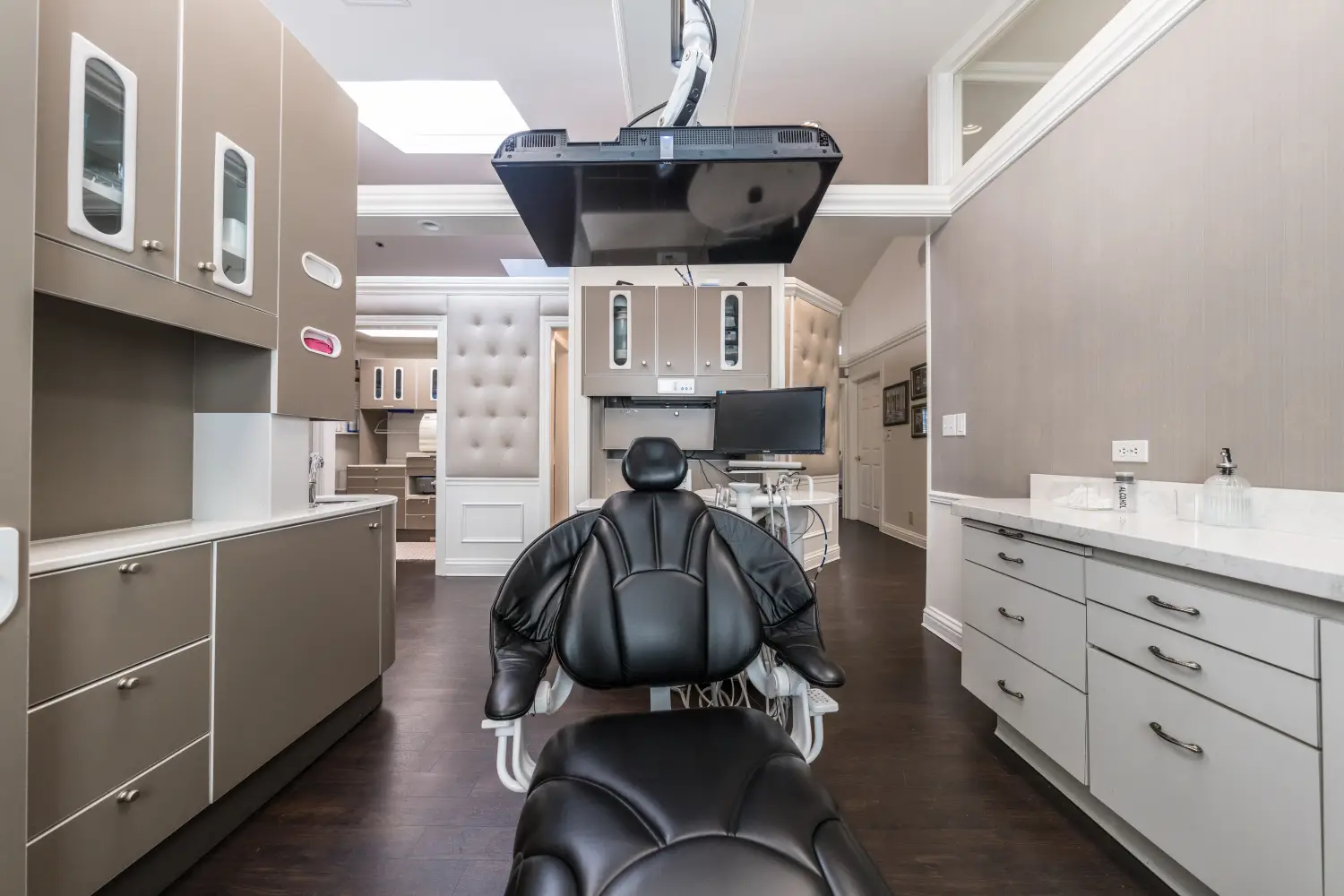
Our office is committed to utilizing top-of-the-line products to provide world-class care. That’s why we exclusively administer XEOMIN®, the number one cosmetic brand to assist with TMJ/TMD discomfort.
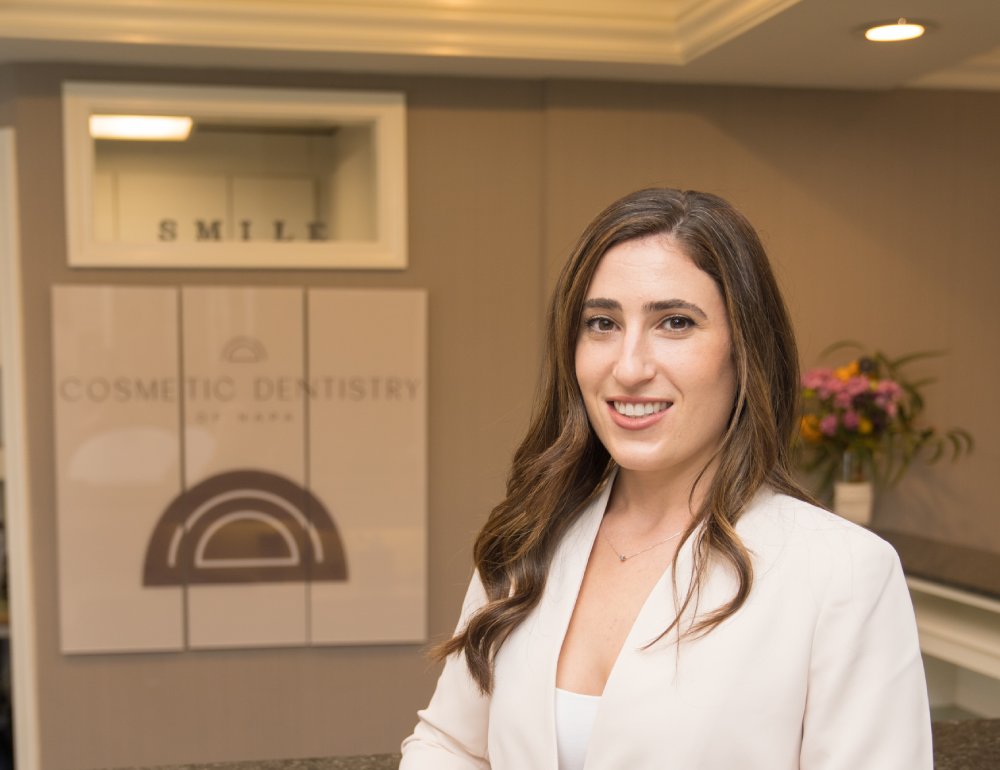
When it comes to your jaw health, you deserve the best possible care. As an expert in facial aesthetics, Dr. Sasha is fully licensed to inject XEOMIN® and give you the relief you deserve.
Additional Frequently Asked Questions About XEOMIN®
Check out these frequently asked questions, or call us to speak with our team.
How can I treat TMJ pain on my own?
What are TMD symptoms?
What causes TMD?
Can TMD go away on its own?


